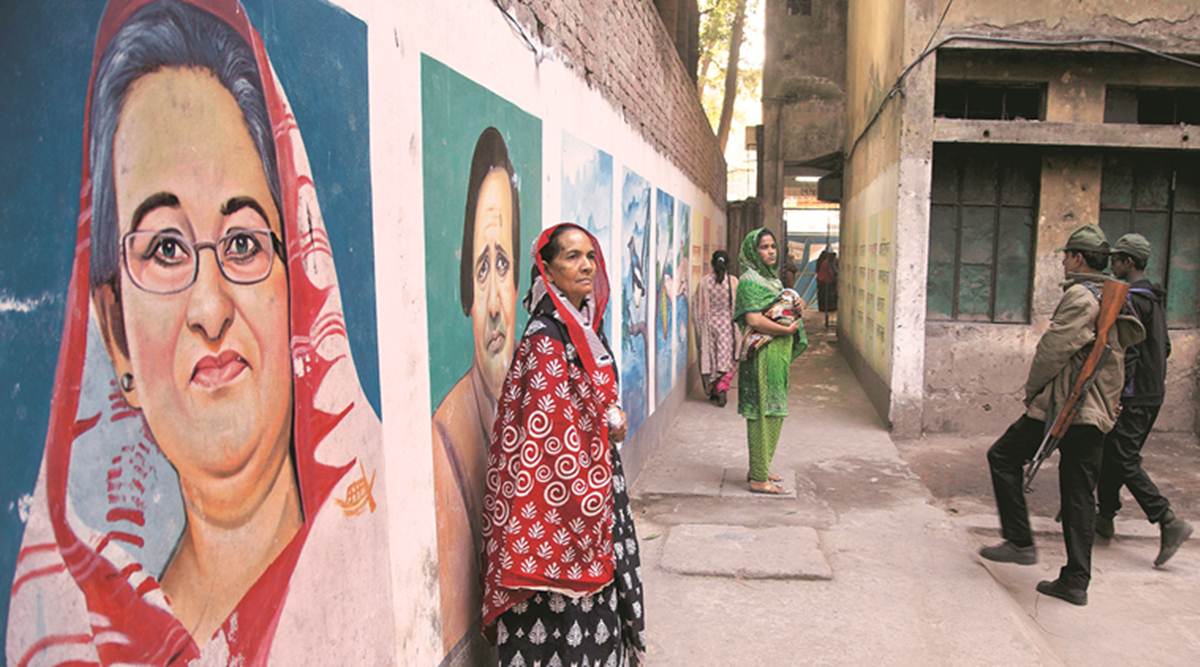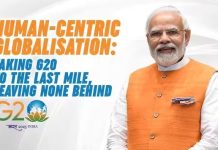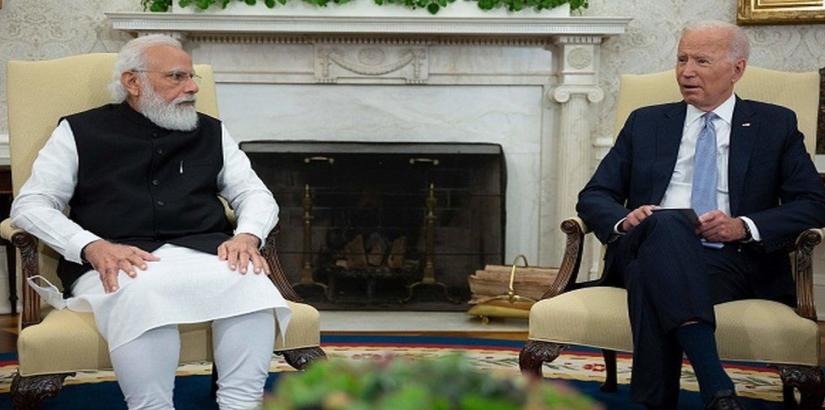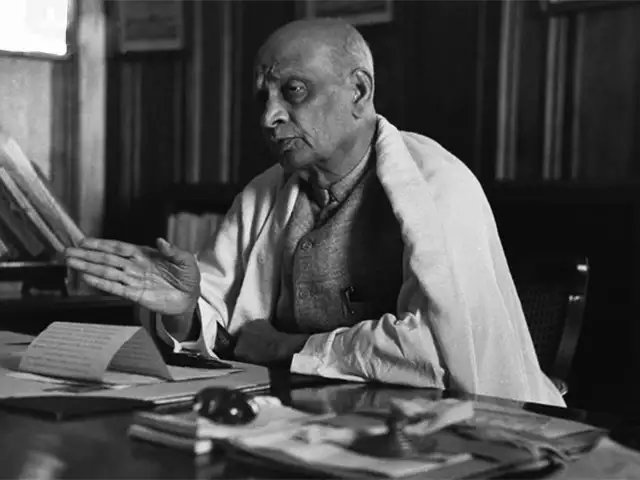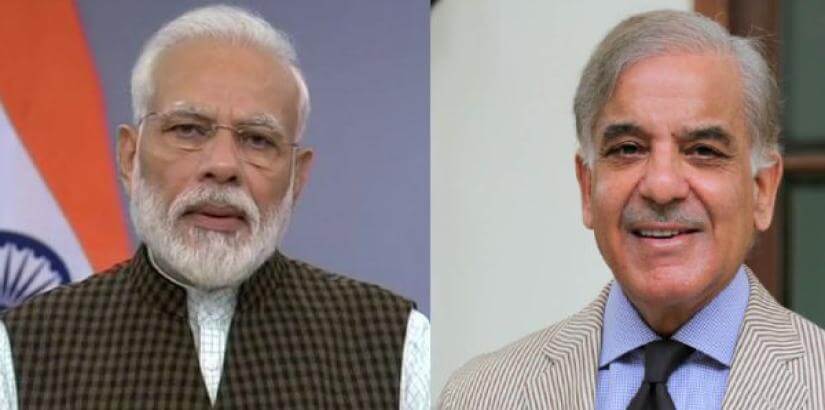N Chandra Mohan
There is much ado about the implications of growth forecasts that show South Asia contracting sharply due to the exigencies of combatting COVID-19. The impact is the most severe in the Maldives whose overall output of goods and services or GDP could shrink by 19.5 percent and India with negative growth of 9.6 percent.
The extent of economic devastation is relatively less in Bangladesh and Pakistan that could grow by 1.6 percent and 0.5 percent respectively in 2020-21, according to the World Bank.
Bangladesh: Model of development
In this milieu, the purely statistical possibility of Bangladesh’s income per head of population exceeding India has triggered angst of falling behind.
But India is in no immediate danger of being overtaken by its eastern neighbor. With a rebound in GDP growth expected during 2021-22, the country’s per capita income will switch back again in its favor. The kerfuffle over a numbers game should not, however, deflect attention from Bangladesh’s superior growth performance in recent years and it’s model of development.
While India has sought comfort from being the world’s fastest-growing large economy pre-COVID-19, its social indicators of development like female literacy and participation in the workforce, infant mortality rates, life expectancy at birth, among others, are much worse than its neighbor.
Turn around
More real than statistical is Bangladesh’s stunning turnaround relative to Pakistan from whom it wrested independence in 1971. Then it was much poorer with a per capita income of USD 133.5 that was a third lower than Pakistan’s USD 178.5. In 2019, the position sharply transformed with being a third higher at USD 1795.5 as against USD 1359.5 of Pakistan. Bangladesh, in fact, jumped ahead four years ago and the gap widened every year thereafter.
Even in terms of the absolute size of the economy, Bangladesh is currently larger than Pakistan. For the first time in 2019, its nominal GDP exceeded that of Pakistan by 9 percent at USD 302.7 billion.
Before its war of independence, Bangladesh was also hit by a cyclone that killed hundreds of thousands in 1970. The country’s independence leader, the late Sheikh Mujibur Rahman, then complained that Pakistan had not shared its bumper wheat crop or “given a yard of cloth for our shrouds,” according to The Economist.
For a country that was once short of cloth for shrouds now exports more ready-made garments to the world market than India and Pakistan. Bangladesh’s export-led model of development is the major factor behind its growth dynamism and has altered its status from being a bottomless basket case to an Asian tiger in-the-making.
COVID-19 impact on economic growth
Bangladesh’s outward orientation when compared to India and Pakistan certainly has a bearing on its resilience in coping with the viral pandemic. To be sure, COVID-19 contributed to a shriveling of export opportunities, resulting in a sharp decline in the manufacturing of readymade garments during 2019-20. Thousands of garment workers were laid off. But overall consumption held up due to remittance inflows from expatriate Bangladeshis.
The grounds for cautious optimism for GDP growth in 2020-21 and 2021-22 are that external demand for readymade garments are stabilizing although the recovery is still fragile, according to the World Bank.
Although Bangladesh and Pakistan might register modest growth unlike India in 2020-21, all of them are experiencing a major livelihoods crisis, as the bulk of their employment is informal in nature, outside the purview of protective social legislation. The share of the informal sector is high at 91 percent in Bangladesh and 71 percent in Pakistan. India is in between with 80 percent of its people or 200-odd a million workers in the informal sector engaged in non-agricultural activities like construction, small enterprises, or street selling.
Job loss
Most of these workers lost their jobs when lockdowns of economic activity kicked in to combat the virus. Many of them were forced to leave cities and return to their homes in the countryside.
Bangladesh can cope better with such problems, thanks to its model of development. It is a frontrunner in improving the socio-economic conditions of its population, especially women. A much higher proportion of workers such as schoolteachers, family planning, healthcare and immunization workers, and even garment factory workers thus are women.
Huge gains have been made on the health front, and are reflected in lower rates of infant, child, and maternal mortality. Primary school enrollment ratios, too, are higher. Life expectancy at birth was higher in India in 1990 but that rapidly reversed in the succeeding decades.
Bangladeshis currently have a life expectancy three years longer than a typical Indian or five years than a Pakistani. India’s economy is 10-times larger and thus in no danger of lagging behind.
But it has much to learn from Bangladesh to improve the baseline of human development. There should be soul-searching over this aspect than over a transient blip in the latter having a higher GDP per head this year. South Asia Monitor

